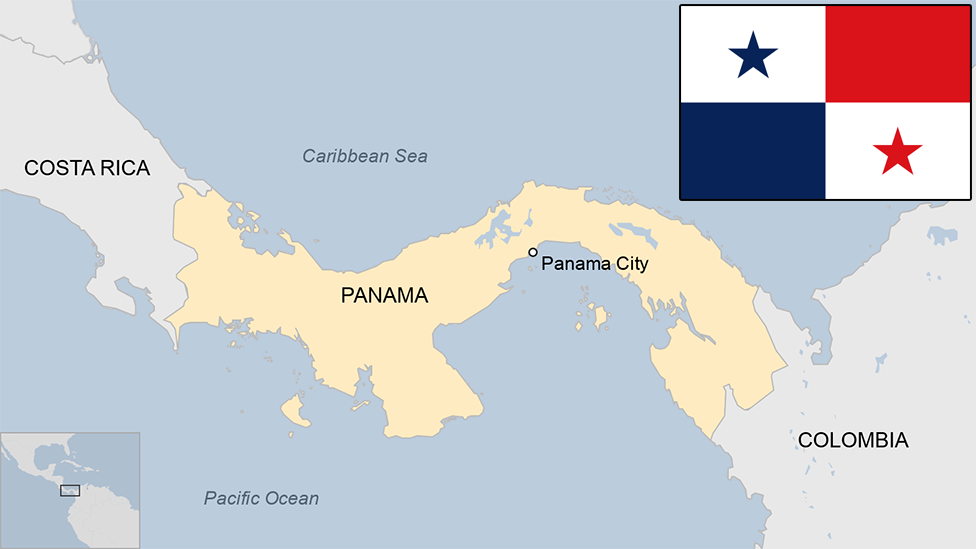Nicaragua country profile
- Published
This page is no longer being updated. It was last updated on 31 December 2024

Nicaragua is striving to overcome the after-effects of dictatorship, civil war and natural calamities, which have left it one of the poorest countries in the Western Hemisphere.
Under the increasingly authoritarian rule of Daniel Ortega, thousands of Nicaraguans have fled into exile, and the regime is under US and EU sanctions. Most independent and opposition media now operate from abroad.
The Somoza family had ruled the country with US backing between 1937 and the Sandinista revolution in 1979, The US subsequently launched a campaign of embargoes and armed subversion against their authoritarian Soviet-backed government.
The Sandinistas lost power in elections in 1990, but returned under veteran leader Ortega in 2006. His government has faced accusations of using political violence, corruption and election-rigging to remain in power.
Read more country profiles, external - Profiles by BBC Monitoring, external
REPUBLIC OF NICARAGUA: FACTS
Capital: Managua
Area: 130, 375 sq km
Population: 6.3 million
Languages: Spanish, plus English, Miskito, Rama, Sumo, Miskito Coast Creole, Garifuna, Rama Cay Creole
Life expectancy: 72 years (men) 77 years (women)
LEADERS
President: Daniel Ortega
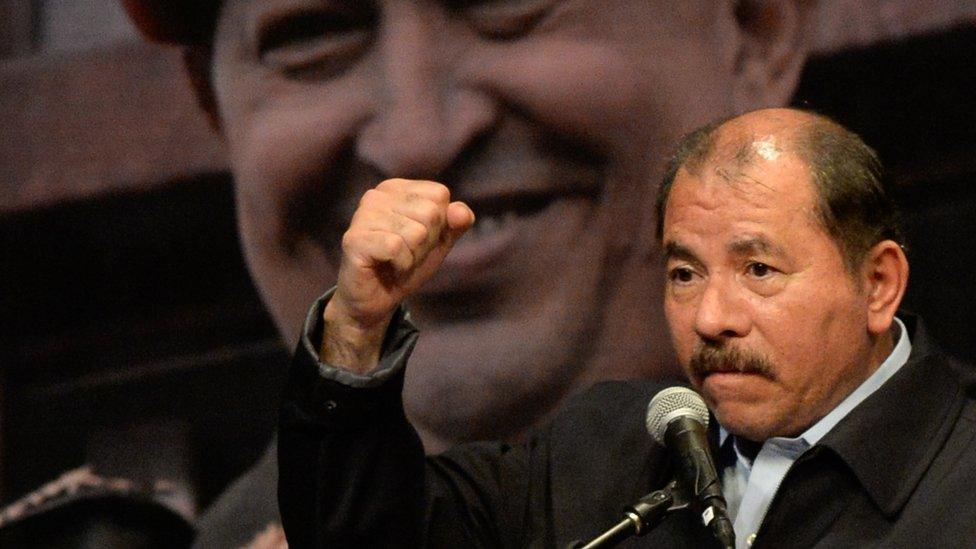
Left-wing Sandinista leader Daniel Ortega made his political comeback in the 2006 elections, having led Nicaragua through revolution and a civil war before being voted out in 1990. In 2016, he won a third consecutive term.
His rule has since been marked by a return to authoritarian methods, including the violent suppression of mass protests against pension reforms in 2018.
Ortega and his wife, vice-president Rosario Murillo, are set to assume absolute power after loyalist lawmakers approved a constitutional amendment in 2024, elevating her to the position of "co-president" and boosting the pair's joint control over the state.
Ortega himself had proposed the change, which also increases the president's control over the media and extends the presidential term from five to six years.
MEDIA
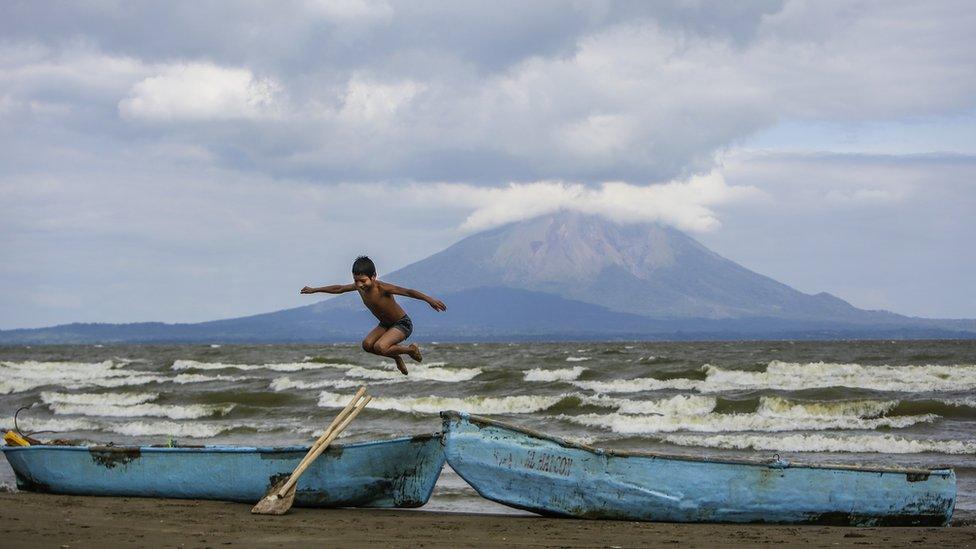
Radio and TV are the main sources of news. There are more than 100 radio stations and several TV networks.
Media freedom group Reporters Without Borders says journalists face harassment, arbitrary arrest and death threats.
TIMELINE

Anastasio Somoza was the last member of the dynasty which ruled Nicaragua as a dictatorship from 1936 until it was overthrown in 1979
Some key dates in Nicaragua's history:
1522 - Spanish explorer Gil Gonzalez de Avila names Nicaragua after a local Indian chief, Nicarao.
1523-24 - Francisco Hernandez de Cordoba completes conquest of Nicaragua.
17th-18th Centuries - British extend their influence over the inhabitants of Nicaragua's Caribbean coast.
1821 - Nicaragua becomes independent, but is incorporated into the Mexican empire.
1823 - Nicaragua becomes part of the United Provinces of Central America, which also comprises Costa Rica, El Salvador, Guatemala and Honduras.
1838 - Nicaragua becomes fully independent. Country spends most of the 19th Century in violent power struggles between Liberal and Conservative factions.
1860 - British cede control over the country's Caribbean coast to Nicaragua.
1909 - US supports a coup by Nicaragua's conservative forces, beginning a long period of US interventions and occupations in Nicaragua.
1912-25 - US establishes military bases.
1927-33 - Guerrillas led by Augusto Cesar Sandino campaign against US military presence.
1934 - Sandino forces the US marines to withdraw. Sandino is assassinated. Anastasio Somoza Garcia, at the head of the National Guard, installs the Somoza family dynasty. Somoza and his sons Luis and Anastasio Jr rule Nicaragua until 1979.
1961 - Sandinista National Liberation Front (FSLN) founded.
1978 - Assassination of opposition leader Pedro Joaquin Chamorro triggers general strike and unites moderates and the Sandinista National Liberation Front (FSLN) in efforts to oust Somoza.
1979 - Sandanista military offensive ends with the defeat of Somoza. National reconstruction government is formed under Sandinista leader Daniel Ortega. Left-wing stance of Sandinista leaders results in formation of anti-Sandinista rebels, the Contras.
1980 - Somoza assassinated in Paraguay.
1982 - US-sponsored attacks by Contra rebels based in Honduras begin; state of emergency declared.
1984 - Daniel Ortega elected president; US mines Nicaraguan harbours.
1987-88 - Nicaraguan leadership signs peace agreement and subsequently holds talks with Contras.
1990 - Violeta Barrios de Chamorro leads an anti-Sandinista coalition to defeat Daniel Ortega and is elected president. She installs a national reconciliation government, the war ends and the economy gradually starts to recover.
2006 - Free trade deal with the US comes into effect. Congress approves the Central American Free Trade Agreement (Cafta) in October 2005.
Daniel Ortega is returned to power in elections.
2014 - Changes to Nicaragua's constitution come into effect, allowing President Ortega to run for a third consecutive term in 2016. The opposition argues these are a threat to democracy.
2018 - Anti-government protests are suppressed with violence.

Sandanista rebels toppled the Somoza dictatorship
Related topics
- Published15 January 2024
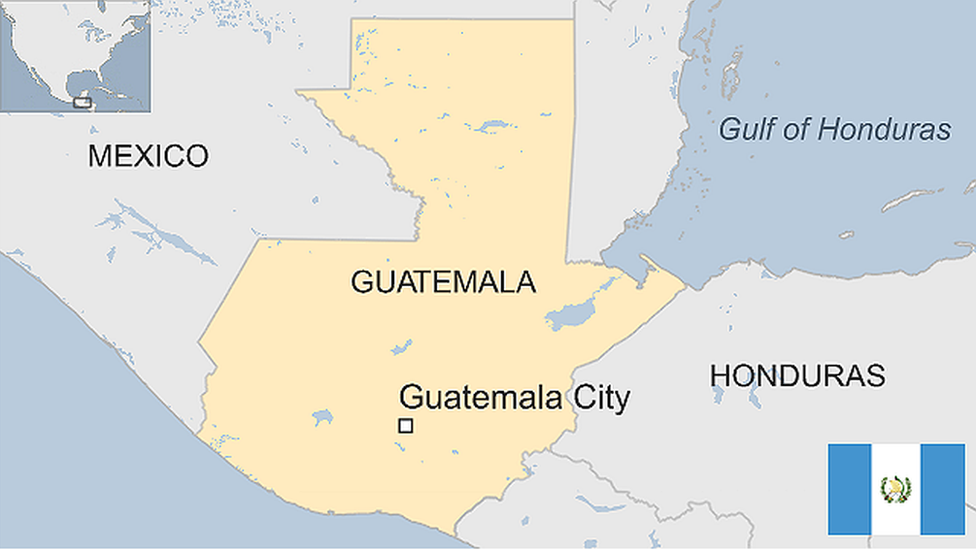
- Published9 July 2024
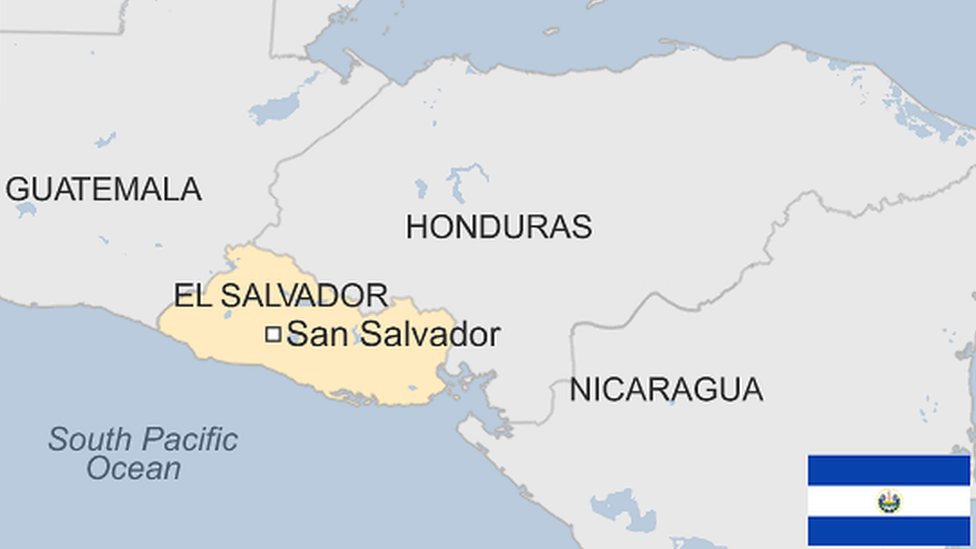
- Published31 March 2023

- Published31 March 2023
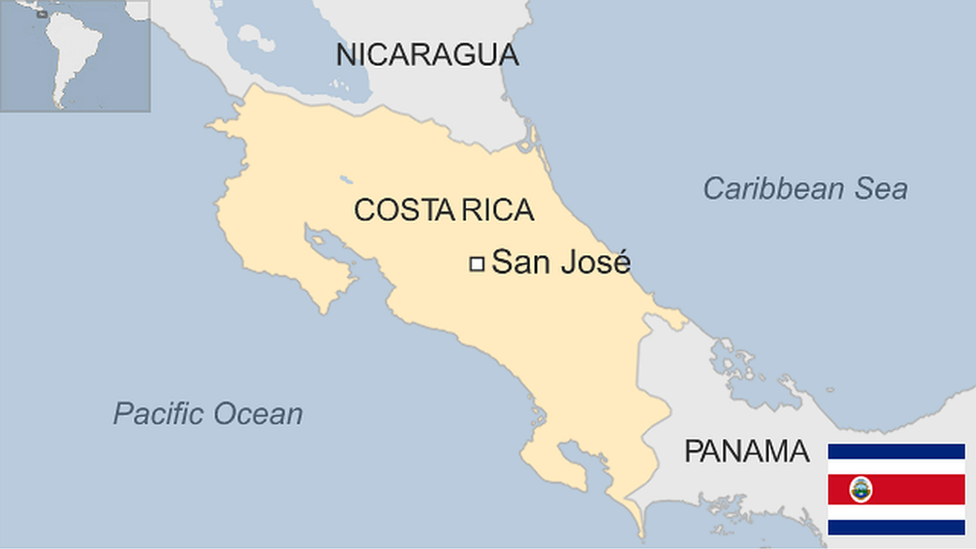
- Published8 January
